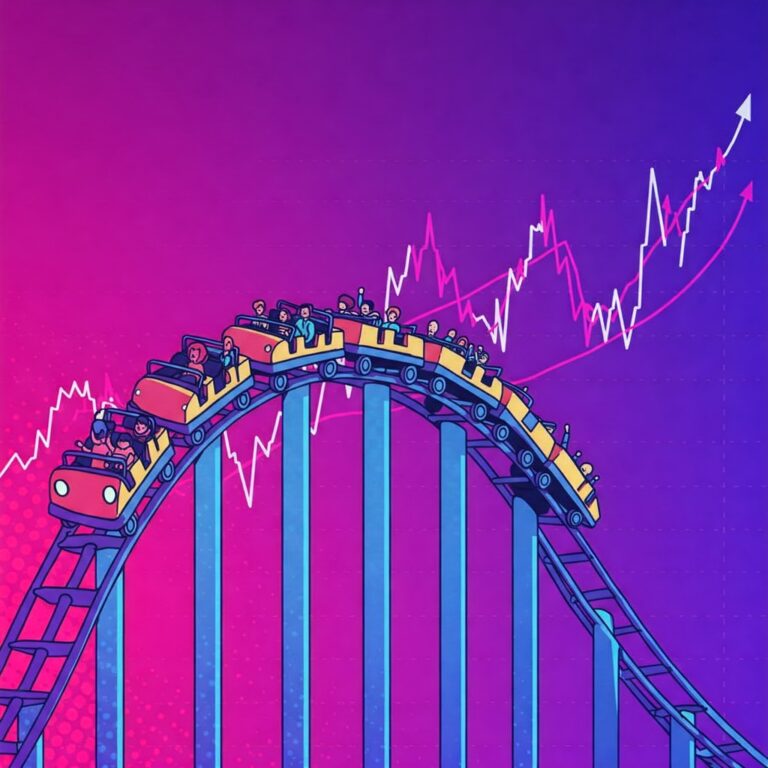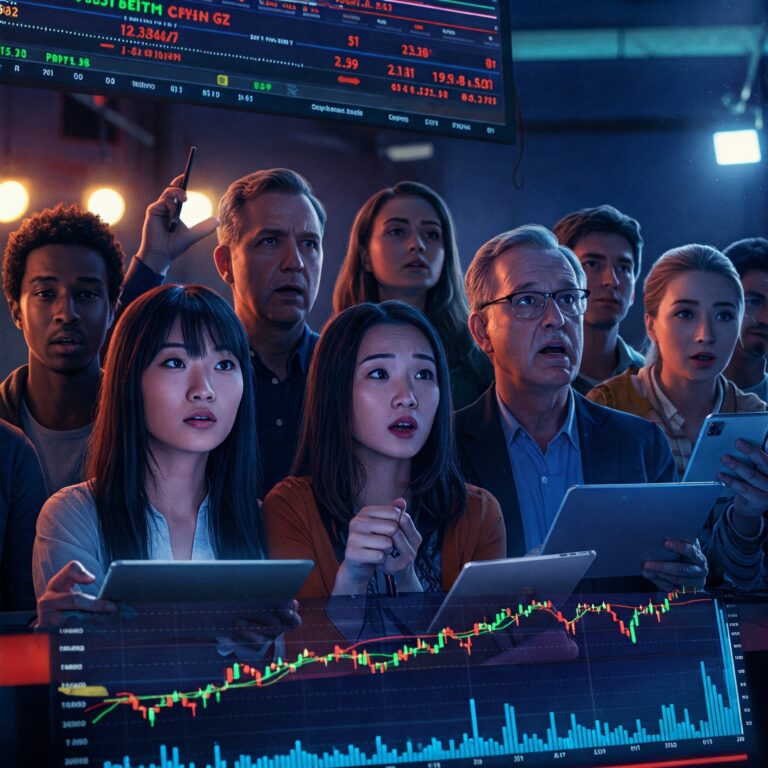
The landscape of the financial markets is changing. No longer are they solely the domain of institutional investors and Wall Street professionals. The rise of retail trading, fueled by accessible online platforms and social media communities, is empowering a new generation of investors and disrupting traditional market dynamics. This post will explore the factors driving this trend, the impact on market volatility, and the opportunities and risks for both retail and institutional players.
The Forces Behind the Retail Revolution
- Accessibility and Technology: The proliferation of user-friendly online trading platforms, often with zero-commission fees, has lowered the barriers to entry for retail investors.
- Social Media Influence: Online communities and social media platforms are playing a crucial role in disseminating information, coordinating trading activity, and fostering a sense of collective empowerment among retail investors.
- Financial Literacy and Education: Increased access to financial education resources, both online and through trading platforms, is equipping retail investors with the knowledge to make informed decisions.
- The “Meme Stock” Phenomenon: The rise of “meme stocks” has demonstrated the collective power of retail investors to influence market prices, challenging traditional market dynamics.
Impact on Market Dynamics
- Increased Volatility: The influx of retail trading activity can contribute to increased market volatility, as these investors may be more prone to emotional trading and short-term speculation.
- Shifting Power Dynamics: The growing influence of retail investors is challenging the traditional dominance of institutional players, forcing them to adapt their strategies and communication.
- Democratization of Finance: The rise of retail trading represents a democratization of finance, giving more individuals the opportunity to participate in the markets and build wealth.
- New Investment Trends: Retail investors are often drawn to different investment trends than traditional institutions, such as ESG (Environmental, Social, and Governance) investing and cryptocurrency.
Opportunities and Risks
- Opportunities for Retail Investors: Access to the markets, potential for high returns, community building, and learning opportunities.
- Risks for Retail Investors: Lack of experience, emotional trading, susceptibility to hype and misinformation, and potential for significant losses.
- Opportunities for Institutional Investors: Adapting to the changing market landscape, engaging with the retail community, and leveraging new data sources.
- Risks for Institutional Investors: Underestimating the power of the retail movement, failing to adapt to new market dynamics, and potential for increased volatility.
The rise of the retail trader is a transformative force reshaping the financial markets. While this trend presents exciting opportunities for individual investors, it also carries significant risks. A balanced approach, emphasizing financial literacy, responsible trading practices, and a long-term perspective, is crucial for both retail and institutional players to navigate this evolving landscape.




